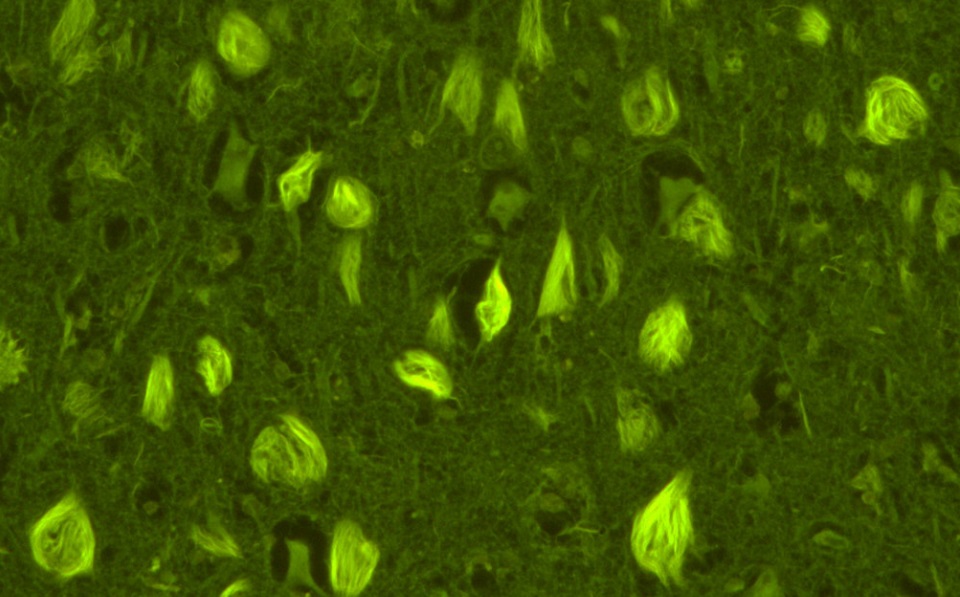
Brain UK study ref: 23/024,
Lay summary,
Project status: Active
The multifaceted role of MMPs and TIMPs in Alzheimer’s disease after immunotherapy
Dr Lieke Jäkel, Radboud University Medical Center, Netherlands
The build-up of amyloid-β (Aβ) protein in the brain creates plaques, a major sign of Alzheimer’s disease (AD). This protein can also gather in blood vessel walls, causing cerebral amyloid angiopathy (CAA). Around half of AD patients have advanced CAA. A treatment called Aβ immunotherapy is being explored for AD, but its effectiveness is uncertain, and it could potentially increase CAA levels.
CAA can happen on its own, affecting about a quarter of older adults. CAA is linked to a higher risk of brain bleeds, especially in cases not tied to AD. These independent CAA cases have a greater risk of brain bleeds compared to patients with AD-related CAA, even those with more CAA after immunotherapy.
Certain enzymes—MMPs and TIMPs—are suspected to contribute to brain bleeds. We’re planning to study these enzymes in brain tissue from AD patients (with or without immunotherapy) and those with standalone CAA. Our aim is to uncover how these enzymes might cause brain bleeds due to CAA and learn more about the effects of immunotherapy.
